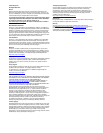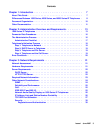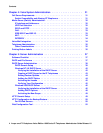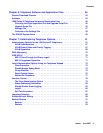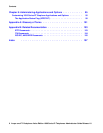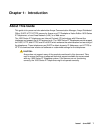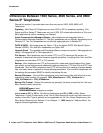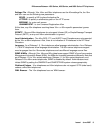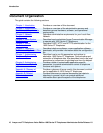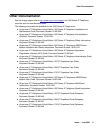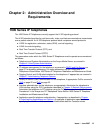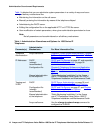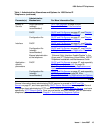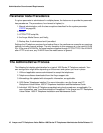
Differences Between 1600 Series, 4600 Series, and 9600 Series IP Telephones
Issue 1 June 2007 9
Settings File - Although 16xx, 46xx and 96xx telephones use the 46xxsettings file, the 16xx
and 96xx can use the following new parameters:
BRURI - to specify a URI to place the backup file
HTTPDIR - to specify a subdirectory path on the HTTP server
MSGNUM - for voice mail access
UNNAMEDSTAT - to turn Unnamed Registration off/on
At this time, any 46xx telephone receiving these 16xx- or 96xx-specific parameters ignores
them.
IR/SMTP - 16xx and 96xx telephones do not support Infrared (IR) or Simple Message Transport
Protocol (SMTP), so any such 46xx administration is ignored.
Local Administration - The 46xx QOS, CTI, and ALERT Local Procedures are not supported
by the 16xx or 96xx telephones. Also, there is no indication of IR interfaces in the INT Local
Procedure.
Language - As of Release 1.0, 16xx telephones allow language administration. As of Release
1.1, 96xx IP telephones allow language administration. The 96xx series telephones support
more languages than the 16xx series telephones and use different language source files.
SNMP & MIBs - Although 16xx, 46xx and 96xx telephones support SNMP v2c and have custom
Management Information Bases (MIBs), the MIBs are formatted somewhat differently. Note that
as of Release 1.0 for 16xx series telephones, Release 1.1 for 96xx series telephones, and
Release 2.6 for 46xx series telephones, SNMP is disabled by default. Administrators must
initiate SNMP by setting the SNMPADD and SNMPSTRING system values appropriately.
Wideband Codecs - 16xx telephones and 46xx telephones do not support G.722 (wide band)
codecs, unlike 96xx telephones.
WML Browser - The 16xx telephones have no WML browser.




